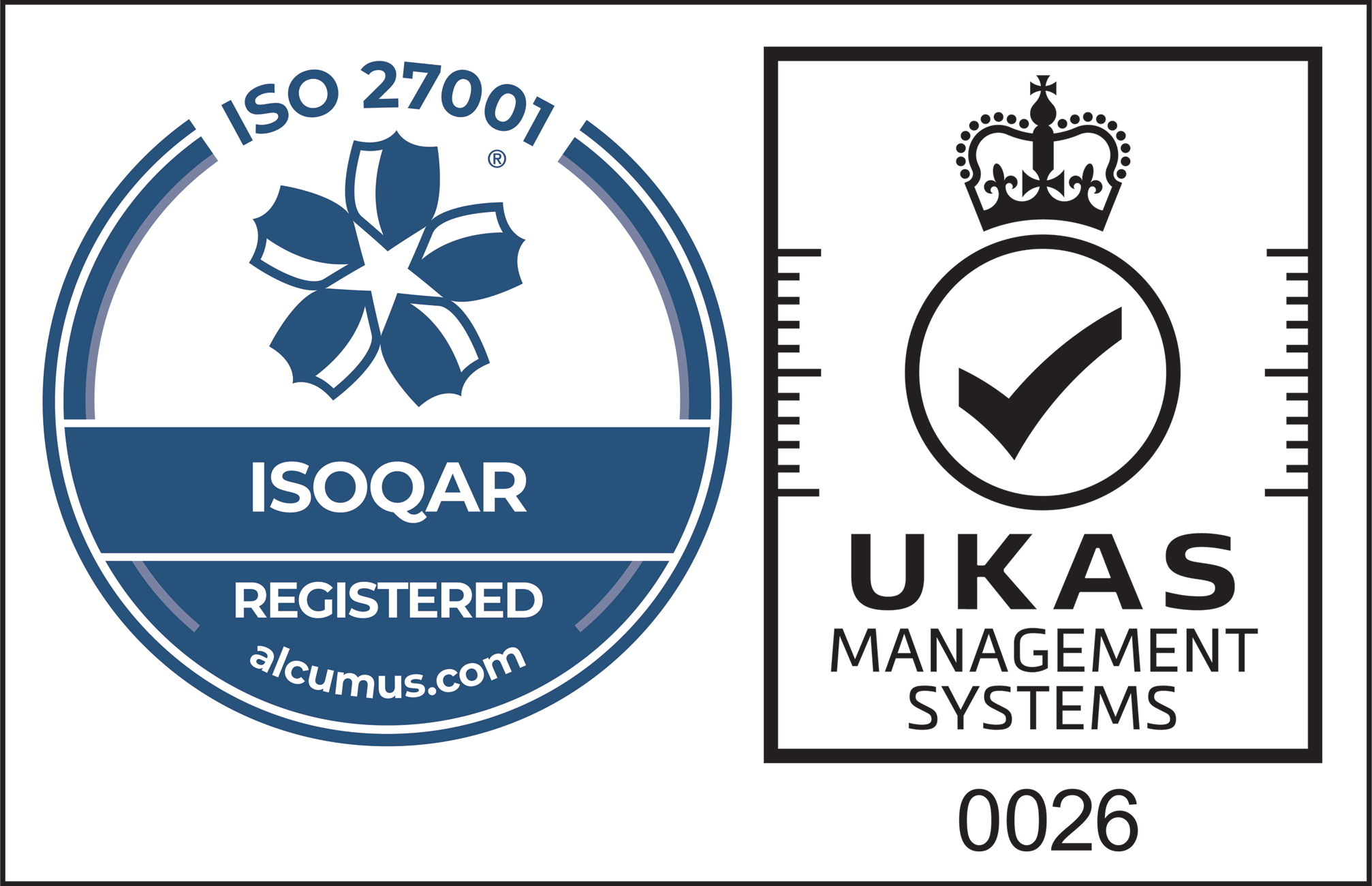The frightening truth about bad customer service
(Cue horror laughter sound effect)
With Halloween mere weeks away, monsters, ghouls and witch outfits line the stores. One must wonder what the Celts, who started the tradition with their festival of Samhain, would say about Halloween. Who knew that ‘scary’ could have such entertainment and monetary value.
However, with fright night so close and the breath of Christmas chasing shortly behind, will your customer service strategy deliver magical customer experiences or turn ‘nice’ customers into nasty brand hating trolls? Horrendous customer service can have even the most loyal customers turn into fire breathing dragons if they feel that they have been let down.
Mirror mirror on the wall, what should businesses do to have it all?
Businesses looking to gain the competitive advantage should make customer experience their focus point. Bain & Company reports that companies that excel at customer experience grow revenues 4 – 8% above the market.
The frightening truth is that when customers experience bad service, with multiple digital channels to choose from, it could be hard to stop the domino effect tarnishing your brand’s reputation, once it’s in motion. Deloitte research shows that 85% of customer service organisations view customer experience as a competitive differentiator. However, to improve customer experience, it’s important to understand how to gauge and measure how customer expectations translate into good or bad experiences.
**Fee! Fie! Foe! Fum!**Customers want answers in the channel they’re from. And will see red when it takes too long.
It seems obvious that we all want quick answers to questions, however with Statista reporting that over 81% of the UK population now own a smartphone and with the revelation that is 4G, consumers are increasingly turning to online channels to contact an organisation to resolve a customer service issue. In fact, Mckinsey & Company report that 75% of online customers expect help within 5 minutes.
Alarmingly, figures show that response rates and times to questions sent via e-mail or posted on social channels are proving disappointing, having a significant effect on customer satisfaction levels.
- Over 1.5 million direct questions go unanswered (Source: socialbakers)
- Average question response time is 9 hours (Source: socialbakers)
- 20% of users posts mentioning brand accounts are questions (Source: socialbakers)
- Only 32% of brands have a dedicated customer service handle (Source: Simply Measured)
- 41% of consumers expect an email response within 6 hours (Source: Forrester)
- Only 36% of retailers actually respond that quickly and 14% never respond at all (Source: Forrester)
- Only 65% of questions are responded to by brands on Facebook (Source: socialbakers)
- 25% of user posts on Facebook pages are questions (Source: socialbakers)
- Dust those customer experience cobwebs
With a large percentage of posts on social media being questions, it makes sense to give customers the opportunity to self-serve answers to the most commonly asked questions themselves online, rather than keeping them in a perpetual state of hold. And since conversation is part of natural human behaviour after all, it’s no surprise that 35% of consumers would prefer to see more brands answering questions, using chatbots. (Source: ubisend, 2017)
Treat
At Synthetix, we’ve have experienced first-hand, the positive impact self-service through Virtual Agents / bots, web self-service and integrated knowledge has had on customer service delivery and are eager to prove that it is not a second-rate customer support channel or scary.

